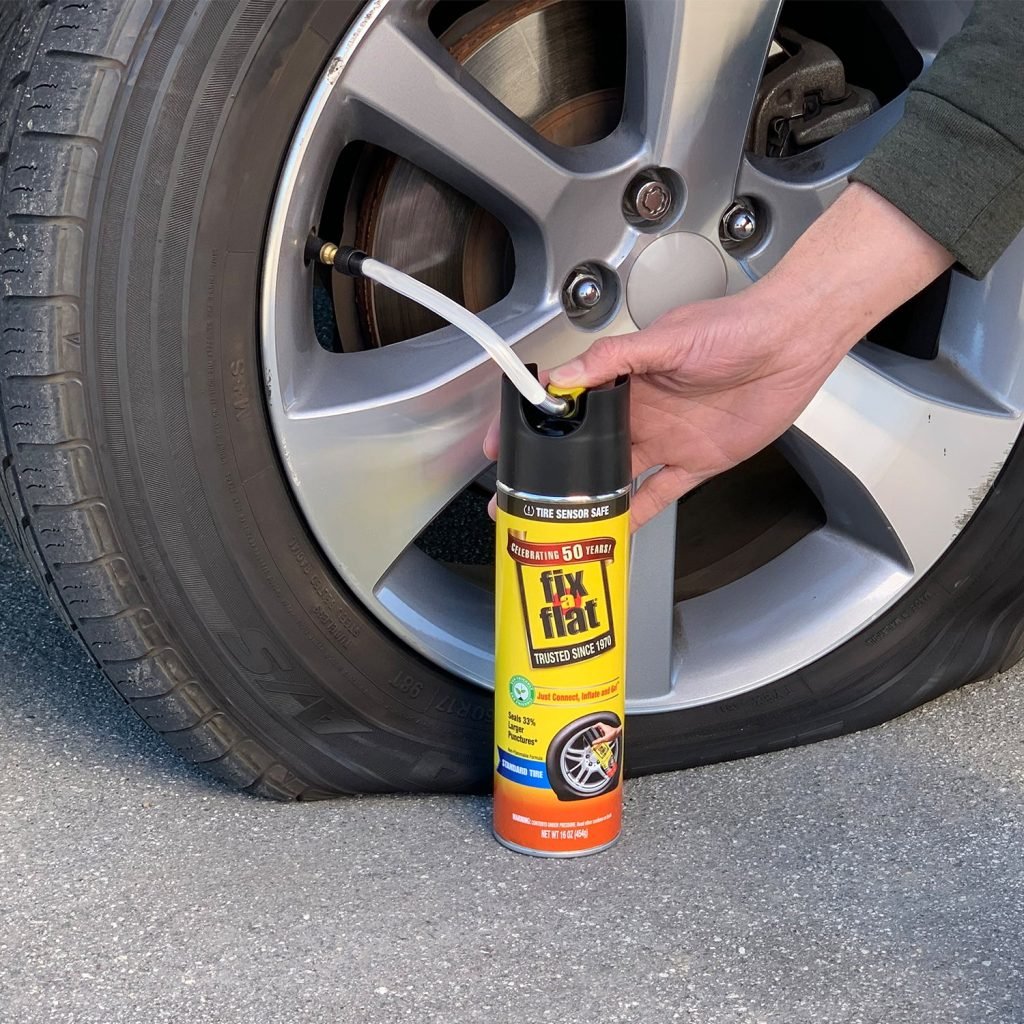Dealing with a flat tire is a challenge many drivers will face at some point. Knowing how to manage this situation is crucial to keep you safe and minimize the disruption to your travel. In this comprehensive guide, we’ll cover everything you need to know about what to do when you’re faced with a flat tire.
Assess Your Safety
Before taking any action, it’s vital to ensure you’re in a secure location. If possible, move the vehicle to the side of the road, away from traffic. Turn on your hazard lights to alert other drivers of your presence.
- If you are on a busy highway or in an unsafe location, consider calling for professional roadside assistance.
Prepare to Change the Tire
- Locate your spare tire, jack, and lug wrench. These items are typically found in the trunk or under the vehicle.
- Ensure the car is in park (or in gear if it’s a manual), and apply the parking brake.
- Place a heavy object (e.g., rock, spare wheel) behind the tires on the opposite side of the flat to prevent the car from rolling.
- Always refer to your vehicle’s owner’s manual for specific instructions regarding tire changes.

Remove the Flat Tire
- Use the lug wrench to loosen the lug nuts. Do not remove them completely yet.
- Position the jack under the vehicle at the specified lift point and raise the car until the tire is off the ground.
- Remove the lug nuts and pull the tire off. Place it flat on the ground so it doesn’t roll away.
Install the Spare Tire
- Align the spare tire with the wheel bolts and slide it into place.
- Hand-tighten the lug nuts and then use the wrench to secure them. Do not fully tighten them yet.
- Lower the vehicle and remove the jack. Finish tightening the lug nuts in a crisscross pattern to ensure even tightening.
After Changing the Tire
Once the spare tire is installed and you’re ready to drive away, there are a few more steps to ensure your continued safety:
- Check the pressure of the spare tire to make sure it’s safe to drive on.
- Drive cautiously to the nearest service station or tire shop.
- Remember, spare tires are a temporary solution. Have your flat tire repaired or replaced as soon as possible.
When To Call For Help
If you’re unable to change the tire yourself, lack the proper equipment, or feel unsafe, it’s essential to call for roadside assistance. Keep a list of emergency contact numbers in your vehicle for quick access.
Tire Maintenance Tips to Prevent Flats
Regular tire maintenance can help you avoid flat tires. Here are some tips to keep your tires in good condition:
- Check tire pressure monthly, including the spare.
- Inspect tires regularly for wear and tear or any foreign objects embedded in the tread.
- Rotate your tires as recommended by the vehicle manufacturer or every 5,000 to 7,000 miles.
- Be mindful of the load capacity and avoid overloading your vehicle.
- Avoid driving where there’s a high risk of encountering road hazards, such as construction sites or poorly-maintained roads.
Frequently Asked Questions
How To Change A Flat Tire Quickly?
Replacing a flat tire requires safety first. Pull over to a secure location, apply your parking brake, and use the spare tire and tools in your vehicle’s kit to replace the flat.
Can You Drive On A Flat Tire?
Driving on a flat tire can cause wheel or vehicle damage and should be avoided. If necessary, drive slowly and a short distance to reach a safe spot for tire replacement.
What Causes Tire Flats Most Often?
Common causes include punctures from nails or sharp objects, valve stem issues, tire bead leaks, and impact damage or wear from driving. Regular inspections can help prevent flats.





















